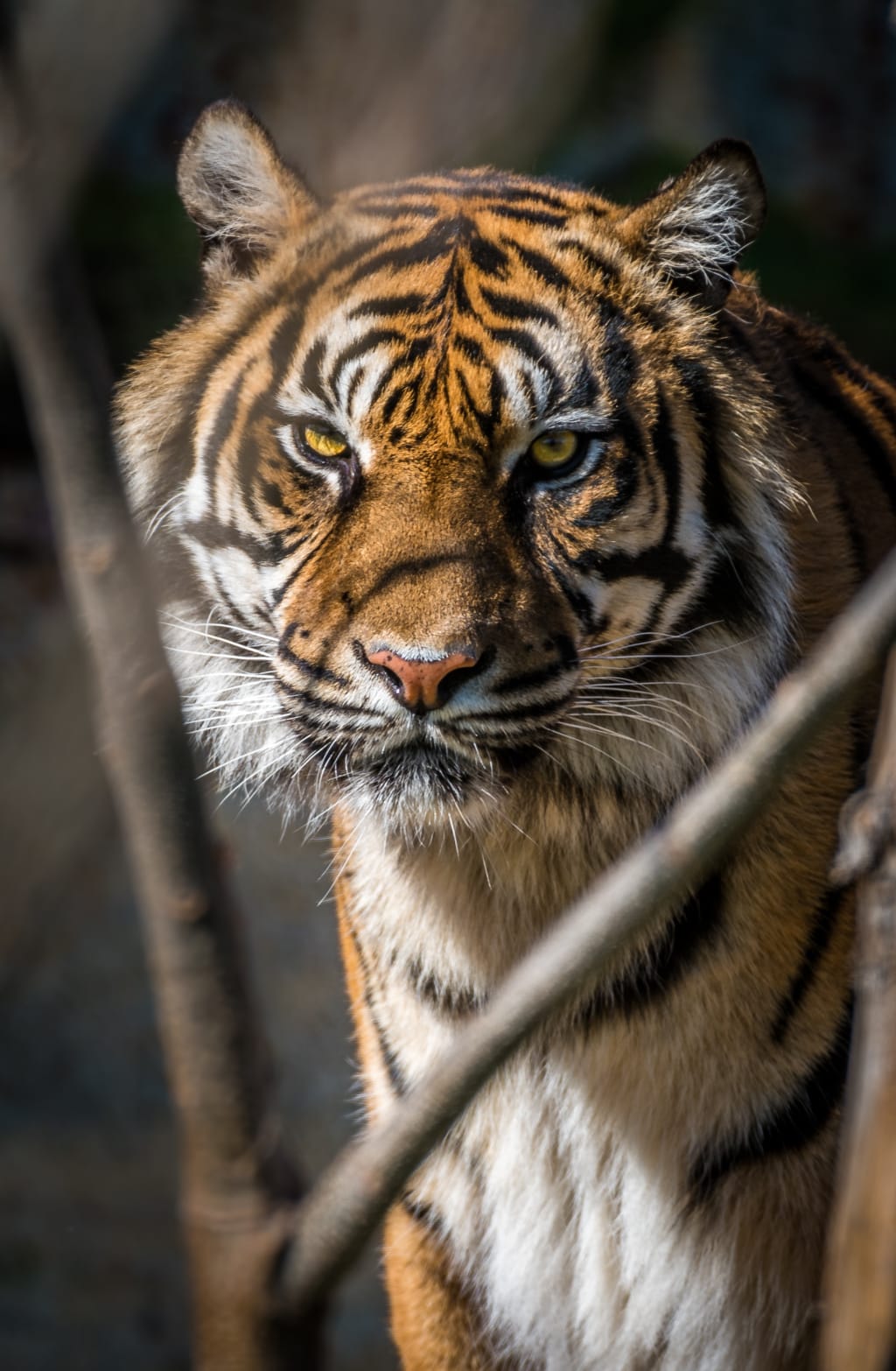Savage Shadows: The Terrifying Tale of the Champawat Man-Eater
From Wounded Predator to Relentless Nightmare - The Deadly Legacy of a Rogue Tigress

In the annals of history, there are tales that haunt the imagination, stories that are both chilling and captivating. One such saga is that of the Champawat Maneater—a tigress with a bloodthirsty reputation that sent shivers down the spines of villagers in the early 1900s. Referred to as the 'devil of Champawat' and the 'maneater of Champawat,' this infamous feline holds the grisly distinction of being responsible for at least 436 documented human deaths, a record unmatched by any other creature in the animal kingdom.
The man-eater's gruesome legacy reveals a grim truth about nature's darker side. Tigers, iconic apex predators, are not predisposed to prey on humans. However, once they acquire a taste for human flesh, an addiction-like transformation can turn them into relentless killers, striking terror into the hearts of communities.
The story of the Champawat Maneater originates not in India but in neighboring Nepal during the late 1890s. These were the days of trophy hunting when hunters predominantly targeted tigers for sport. Yet, not every encounter ended in death; some tigers survived with grievous injuries, setting the stage for a deadly transformation.
Legend has it that the Champawat Maneater sustained a facial injury, shattering its upper and lower canine teeth on the right side. These crippling wounds rendered the tigress incapable of hunting its usual prey, compelling it to seek alternative sustenance—humans.
The tigress's reign of terror began in the Rupal village of western Nepal, where a surge in disappearances caught the villagers' attention. The forest and its peripheries became hunting grounds for a sinister force, claiming lives with alarming frequency. As the death toll mounted, villagers suspected the presence of multiple maneaters.
Innumerable attempts to hunt down the tigress failed. It displayed an unprecedented intelligence and cunning that outwitted every strategy devised to apprehend it. Even the Nepal army's intervention, after the confirmed loss of 200 human lives, proved futile against this cunning predator.
The relentless hunt pushed the maneater across the river Sarda, deep into Indian territory. The Kumaon district in Uttarakhand became the new arena for its reign of terror, focusing its attacks around Champawat and nearby villages. The tigress continued to elude capture by adopting a sinister modus operandi: striking primarily during the day and targeting women and young girls who ventured into the forests for collecting fodder.
Numerous attempts were made in India to put an end to the rampage. Substantial rewards were offered to incentivize the demise of the maneater, yet its elusive nature persisted. The tigress traversed vast distances at night, evading the pursuit of hunters and moving between villages and forests after each kill.
Amidst the chaos, a new figure entered the narrative—Jim Corbett. Unlike his fellow hunters, Corbett was not a professional killer; he possessed an intimate understanding of the forests, animals, and the art of the hunt. In 1907, a high-ranking British official reached out to Corbett, recognizing his unique skills and requesting his aid in tracking and eliminating the Champawat Maneater.
Corbett's involvement came with two conditions: the withdrawal of the maneater's bounty, ensuring his motivation was not monetary, and the cessation of all other hunting parties. With his terms accepted, Corbett embarked on the pursuit in the village of Pali, where the tigress had just claimed its 435th human victim.
The first direct encounter between Corbett and the maneater occurred when the tigress struck again, taking another life in Champawat. Following the blood trail, Corbett faced the tigress for the first time. His shot missed, and a charged encounter ensued. Spooked by the gunshot, the tigress retreated, leaving Corbett to return to the village.
With the assistance of a local Tehsildar, Corbett assembled a team of volunteers. Their mission: create a cacophony of noise to force the tigress out of hiding. The plan worked, driving the injured tigress from her refuge straight toward Corbett and the Tehsildar, armed and ready. A flurry of bullets ensued, and as the tigress charged Corbett, he made the shot that finally silenced the creature.
The corpse of the Champawat Maneater was examined, revealing the loss of its upper and lower canine teeth on the right side—evidence of a prior gunshot wound that had forced the transformation from a majestic predator to a ruthless killer.
The demise of the maneater thrust Jim Corbett into the limelight, conferring upon him a status akin to celebrity. This victory marked a turning point for Corbett, who transitioned from a hunter to a conservationist. As he pursued and eradicated several more maneaters—each with a similar tale of human-inflicted injury leading to their deadly transformation—Corbett's heart bled for the plummeting tiger populations, victims of rampant trophy hunting.
Driven by a fervent desire to preserve these magnificent creatures, Corbett played a pivotal role in the establishment of Hailey National Park, India's first national park, in the Kumaon region. However, his conservation efforts extended beyond borders. Following India's independence, Corbett relocated to Kenya, and in 1957, Hailey National Park was renamed in his honor as the Jim Corbett National Park.
The story of the Champawat Maneater, though replete with horror and tragedy, ultimately paved the way for Jim Corbett's transformation from a mere hunter to a dedicated conservationist. Through his actions and advocacy, Corbett's legacy persists in the ongoing struggle to protect and preserve these majestic creatures that once roamed the subcontinent's wilderness. The chilling tale of the maneater, an embodiment of nature's duality, serves as a reminder of the delicate balance between humans and the wild.





Comments
There are no comments for this story
Be the first to respond and start the conversation.